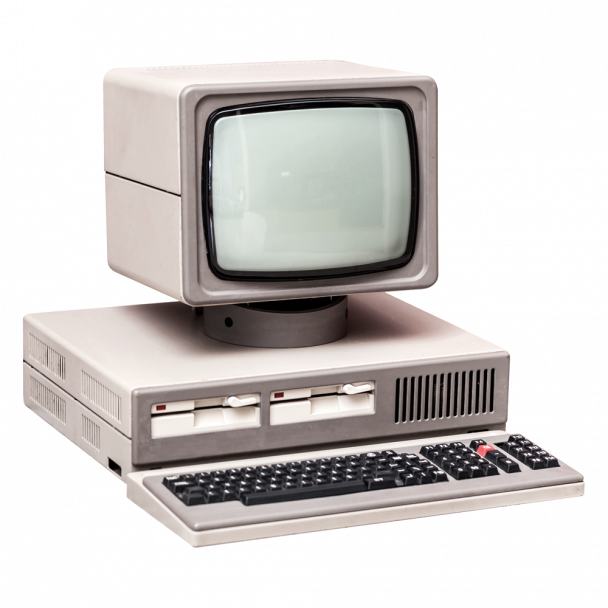
The rise of the machine that changed our world
Imagining a world without the personal computer is hard. Its evolution spans a journey from large, cumbersome mainframes that only major companies and laboratories could afford to the accessible electronic brain now sitting in offices and homes worldwide. 1971 was especially significant with the arrival of what’s considered to be the first personal computer, the Kenbak 1.
This machine’s reliance on lights for output from its 256-byte memory meant it didn’t look anything like modern desktops and portable laptops. These only became possible thanks to advances in microelectronics and their greater processing power. Throughout the 1980s, Abel + Imray worked with the UK brand leaders of the day that accelerated the home computer revolution and kick-started the gaming industry: Sinclair Ltd and Amstrad.
At £99.95, Sinclair’s ZX80 in 1980 was the cheapest home computer available – without a monitor. Instead, it plugged into the TV to form a ‘TV typewriter’. The ZX Spectrum was released in 1982 and became the best-selling home computer for many years. Amstrad’s word processors, including its bestselling PC1512, led to the company holding around 25% of computer market share in Europe in the mid-80s.